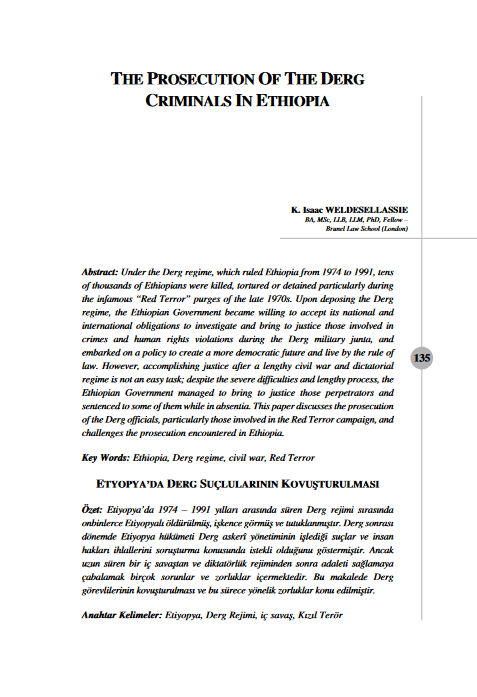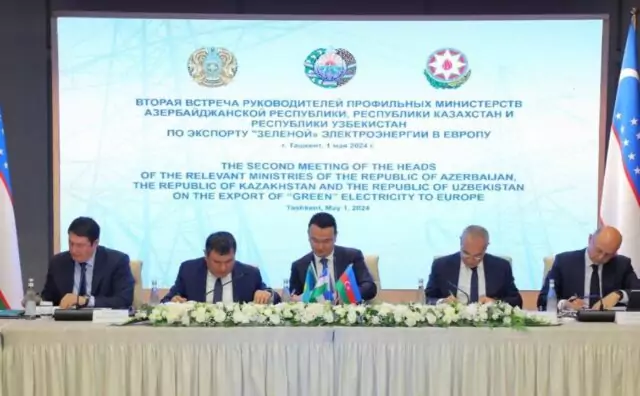
The Jamestown Foundation (24 June 2024)
Sergey Sukhankin
On May 1, Azerbaijan, Kazakhstan, and Uzbekistan signed a memorandum of understanding (MoU) on the export of electricity generated by wind and solar power to the European Union. As noted by Kazakh Energy Minister Almasadam Sätqaliev, the three countries have begun to form a concrete plan for the transmission of green energy to Europe, including the expansion of a joint business model and the integration of their respective energy industries (Gov.kz, May 1). Sätqaliev also confirmed that preliminary talks with EU member states—potential buyers and investors—are already underway (TASS, May 10).
Following the outbreak of Russia’s full-scale invasion of Ukraine in 2022, Moscow tried employing energy blackmail to put pressure on Kyiv and dissuade Western support. That strategy ultimately resulted in cutting off Russian energy access to European markets, causing many countries to search for alternative suppliers and transit routes. Under such circumstances, the transformation of the Caspian Sea region into a major hub for European energy security has gained more momentum.
The region’s energy potential has been thoroughly assessed by the United States and the European Union, as highlighted by US President Joe Biden’s meeting with the leaders of Kazakhstan, Kyrgyzstan, Tajikistan, Turkmenistan, and Uzbekistan as part of the B5+1 business initiative in 2023 (Forbes.ru, September 16, 2023; DW, October 23, 2023; The Astana Times, January 2024). The development and use of Capsian routes will rely heavily on regional cooperation and the ability to attract outside investment—if not from the West or Russia, then likely from China.
No comments yet.
-
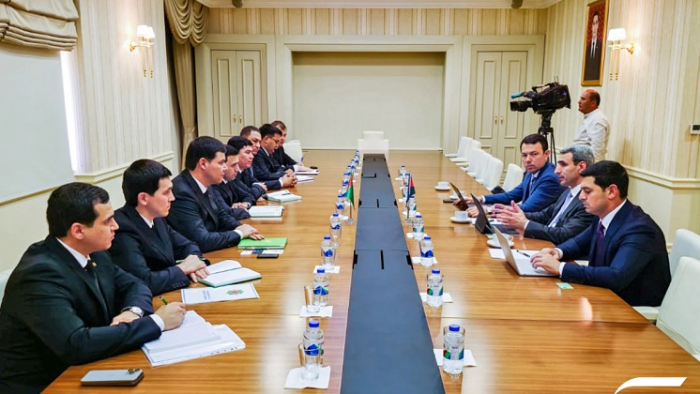 AZERBAIJAN, TURKMENISTAN INTEND TO BOOST MULTIMODAL TRANSPORTATION TO EUROPE, CHINA
The Caucasus and Turkish-Armenian Relations
25.06.2024
AZERBAIJAN, TURKMENISTAN INTEND TO BOOST MULTIMODAL TRANSPORTATION TO EUROPE, CHINA
The Caucasus and Turkish-Armenian Relations
25.06.2024
- AZERBAIJAN, KYRGYZSTAN DISCUSS IMPLEMENTATION OF JOINT PROJECTS The Caucasus and Turkish-Armenian Relations 25.06.2024
-
 TRANSFORMATION OF CASPIAN SEA REGION INTO ENERGY HUB GAINING MOMENTUM
Central Asia
25.06.2024
TRANSFORMATION OF CASPIAN SEA REGION INTO ENERGY HUB GAINING MOMENTUM
Central Asia
25.06.2024
- COOPERATION FORUM OF AZERBAIJANI NGOS IN ZANGILAN CONTINUES WITH PANEL SESSIONS The Caucasus and Turkish-Armenian Relations 25.06.2024
-
 NEW CALEDONIA INDEPENDENCE GROUP DEMANDS INDIGENOUS LEADER’S RELEASE FROM CUSTODY IN MAINLAND FRANCE
Asia - Pacific
25.06.2024
NEW CALEDONIA INDEPENDENCE GROUP DEMANDS INDIGENOUS LEADER’S RELEASE FROM CUSTODY IN MAINLAND FRANCE
Asia - Pacific
25.06.2024
-
25.01.2016
THE ARMENIAN QUESTION - BASIC KNOWLEDGE AND DOCUMENTATION -
12.06.2024
THE TRUTH WILL OUT -
27.03.2023
RADİKAL ERMENİ UNSURLARCA GERÇEKLEŞTİRİLEN MEZALİMLER VE VANDALİZM -
17.03.2023
PATRIOTISM PERVERTED -
23.02.2023
MEN ARE LIKE THAT -
03.02.2023
BAKÜ-TİFLİS-CEYHAN BORU HATTININ YAŞANAN TARİHİ -
16.12.2022
INTERNATIONAL SCHOLARS ON THE EVENTS OF 1915 -
07.12.2022
FAKE PHOTOS AND THE ARMENIAN PROPAGANDA -
07.12.2022
ERMENİ PROPAGANDASI VE SAHTE RESİMLER -
01.01.2022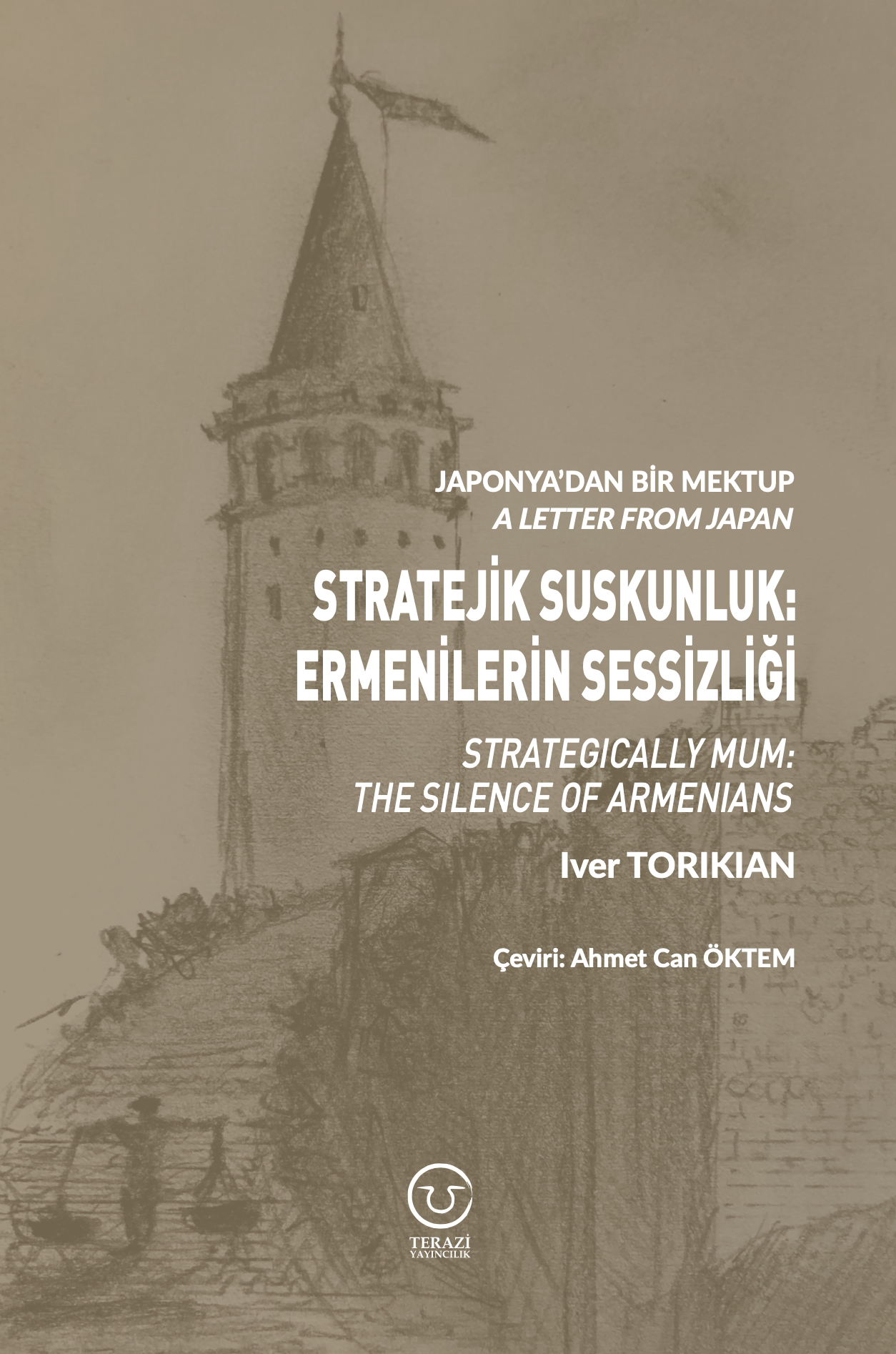
A Letter From Japan - Strategically Mum: The Silence of the Armenians -
01.01.2022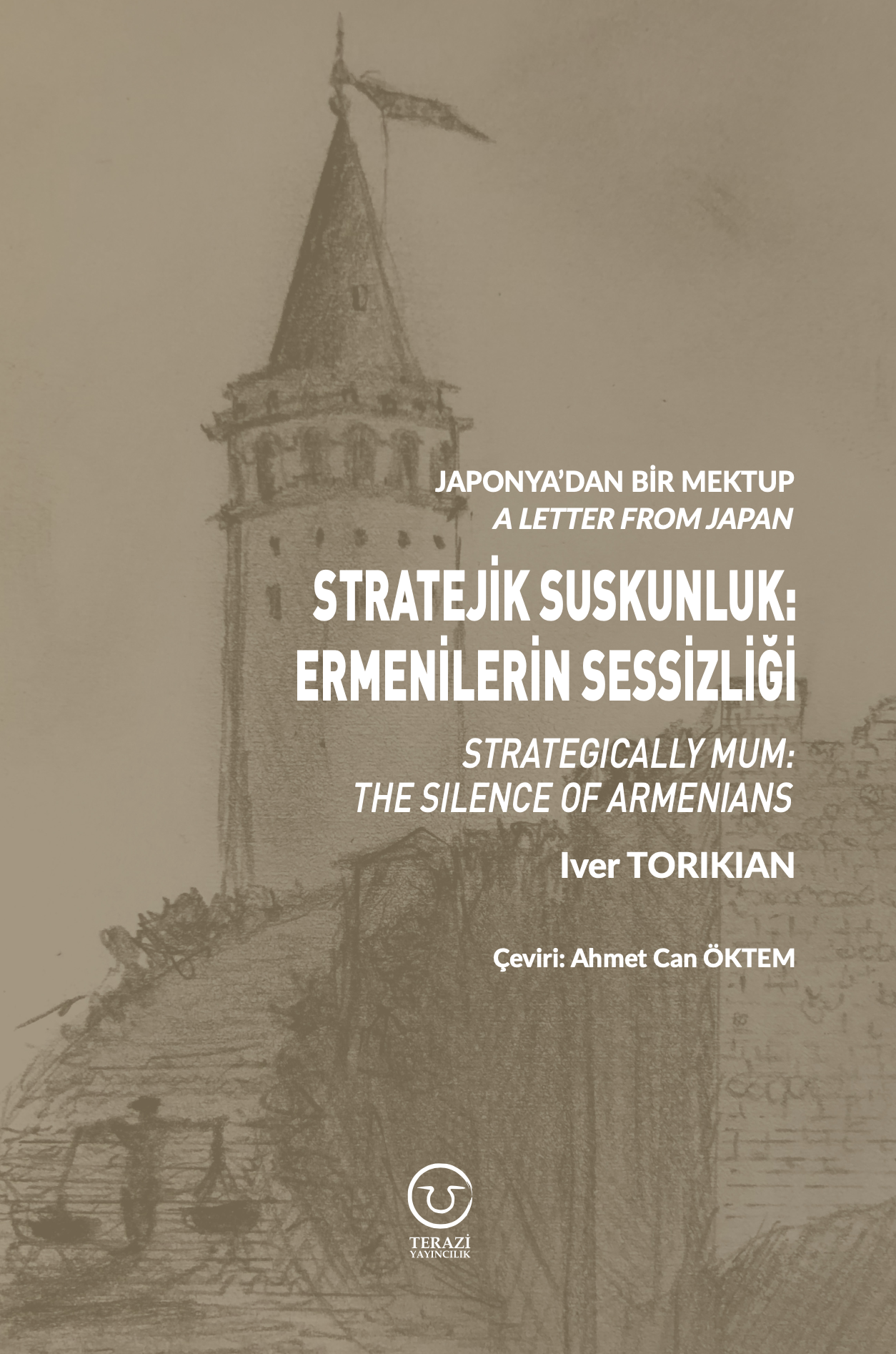
Japonya'dan Bir Mektup - Stratejik Suskunluk: Ermenilerin Sessizliği -
03.06.2020
Anastas Mikoyan: Confessions of an Armenian Bolshevik -
08.04.2020
Sovyet Sonrası Ukrayna’da Devlet, Toplum ve Siyaset - Değişen Dinamikler, Dönüşen Kimlikler -
12.06.2018
Ermeni Sorunuyla İlgili İngiliz Belgeleri (1912-1923) - British Documents on Armenian Question (1912-1923) -
02.12.2016
Turkish-Russian Academics: A Historical Study on the Caucasus -
01.07.2016
Gürcistan'daki Müslüman Topluluklar: Azınlık Hakları, Kimlik, Siyaset -
10.03.2016
Armenian Diaspora: Diaspora, State and the Imagination of the Republic of Armenia -
24.01.2016
ERMENİ SORUNU - TEMEL BİLGİ VE BELGELER (2. BASKI)
-
AVİM Conference Hall 24.01.2023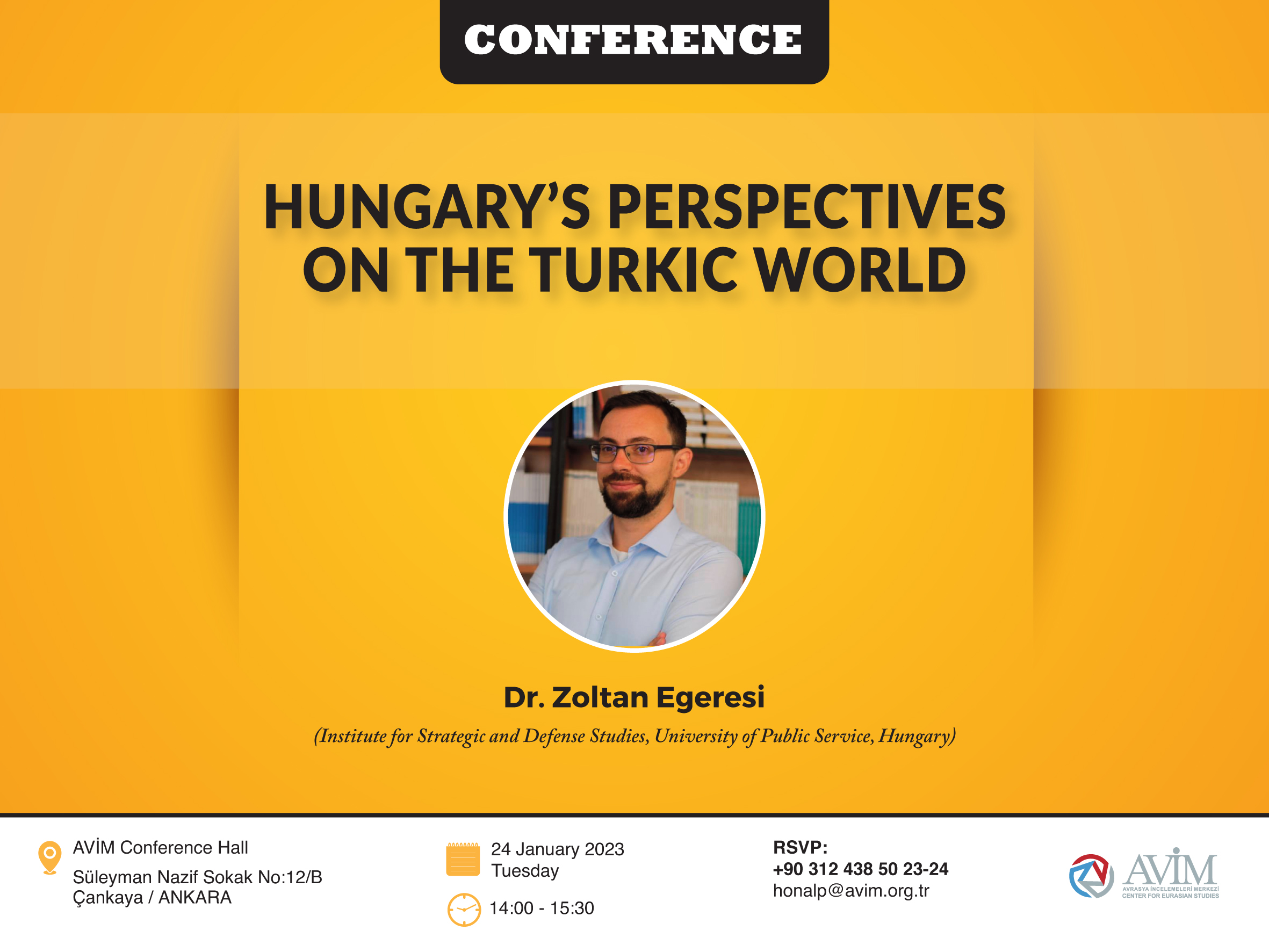
CONFERENCE TITLED “HUNGARY’S PERSPECTIVES ON THE TURKIC WORLD"








